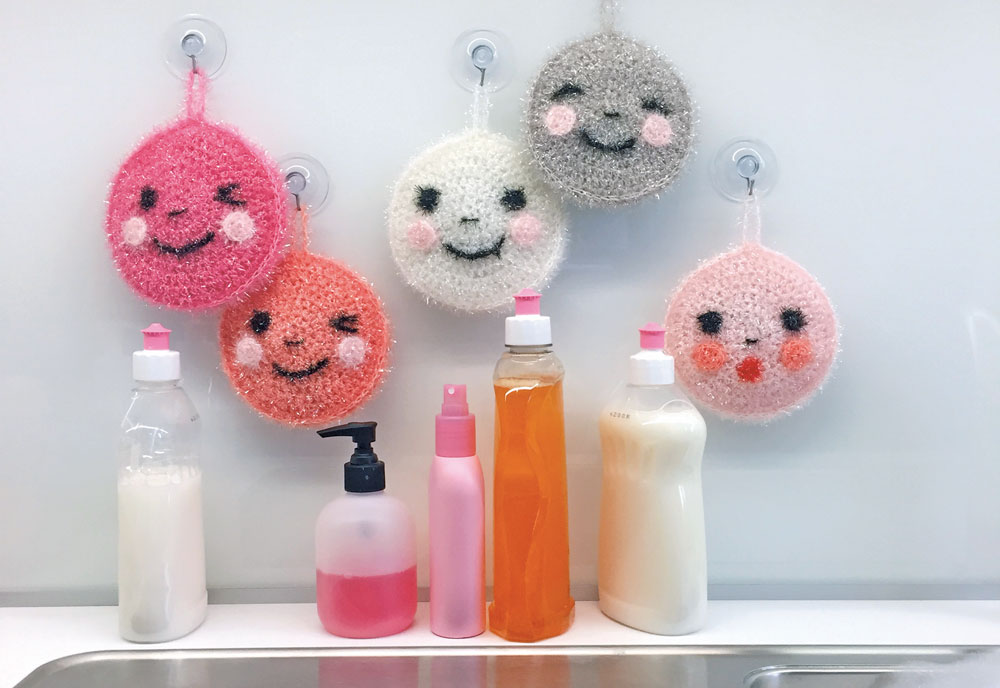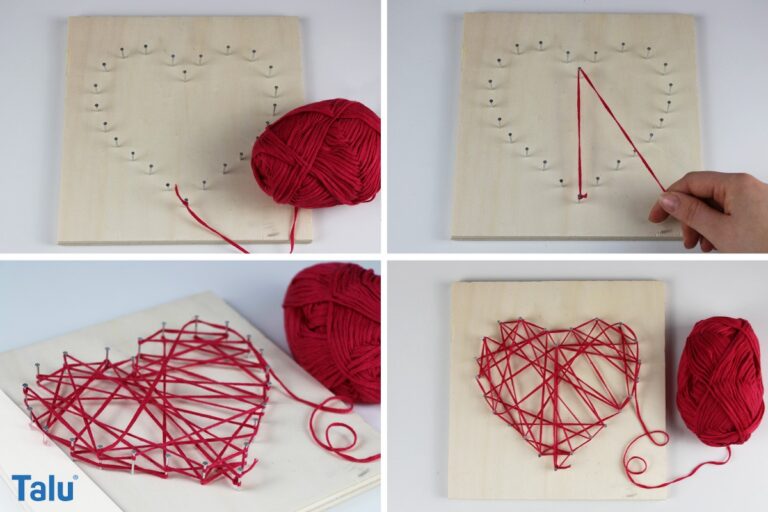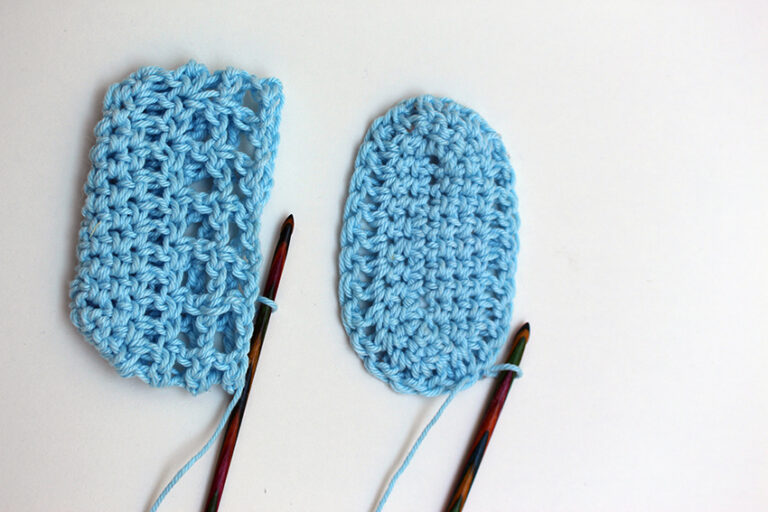Spülschwamm Häkeln
Have you ever wondered how to crochet your own dishwashing sponge? Look no further than “Spülschwamm Häkeln,” a simple and fun DIY project that will not only save you money but also help reduce your environmental impact. With just a few basic materials and some easy-to-follow instructions, you’ll be able to create a personalized and eco-friendly alternative to the conventional dishwashing sponge. So grab your crochet hook and get ready to unleash your creativity while making a practical addition to your kitchen!
Choosing the Right Yarn and Hook
When it comes to crocheting dishcloths, one of the most important factors to consider is the durability of the yarn. Dishcloths are used daily and are subjected to frequent washing and scrubbing, so you’ll want to choose a yarn that can withstand this kind of use. Look for yarns labeled as “dishcloth cotton” or “kitchen cotton” as these are specifically designed to be durable and absorbent.
In addition to considering the durability of the yarn, it’s also important to find a hook size that suits your preference. The general rule of thumb is to choose a hook that corresponds to the recommended hook size on the yarn label. However, personal preference plays a role as well. Some crocheters prefer a smaller hook for tighter stitches and a more sturdy dishcloth, while others prefer a larger hook for looser stitches and a more flexible cloth.
Finally, consider opting for colors that won’t easily show stains. While white or light-colored dishcloths may look pristine initially, they can quickly become discolored and stained with use. Choosing darker or patterned yarns can help mask stains and keep your dishcloths looking fresh for longer.
Basic Crochet Stitches
Before you can start crocheting your dishcloth, it’s important to familiarize yourself with some basic crochet stitches. These stitches will form the foundation of your dishcloth and allow you to create a variety of textures and patterns.
To begin, you’ll need to learn how to make a slip knot. This is the first step in getting your yarn onto the hook and is an essential skill in crochet. Once you have your slip knot, you can move on to the chain stitch. The chain stitch is the most basic stitch in crochet and is used to create the starting foundation of your project.
After mastering the chain stitch, you can move on to the single crochet stitch. This stitch is created by inserting your hook into the chain stitch, yarn over, and pull through both loops on the hook. The single crochet stitch is often used for creating solid and dense fabric.
Once you feel comfortable with the single crochet stitch, you can progress to the double crochet stitch. This stitch is similar to the single crochet but requires an additional yarn over before inserting the hook into the stitch. The double crochet stitch is often used in patterns that require a looser and more open fabric.

This image is property of i.ytimg.com.
Creating the Foundation for Your Dishcloth
To start crocheting your dishcloth, you’ll need to create the foundation chain. The length of your chain will determine the width of your dishcloth, so you can adjust it based on your preferences.
Once you have your chain, you’ll need to join it to create a ring. This is done by inserting your hook into the first chain stitch, yarn over, and pull through both loops on the hook. This creates a loop that you can work into for the first row of stitches.
With your chain joined, you can start working the first row of stitches onto the ring. Depending on the pattern you’re following, you may use single crochets, double crochets, or a combination of both. Follow the instructions carefully, ensuring that you work the correct number of stitches onto the ring.
Building the Main Body of the Dishcloth
Once you have completed the foundation for your dishcloth, you can start building the main body. This involves increasing stitches to create a wider base for your dishcloth. The number of increases will depend on the pattern you’re following, so make sure to follow the instructions closely.
To maintain even edges, it’s important to maintain a consistent stitch count. This means that for every increase made, you’ll need to balance it out with a corresponding decrease later on. This will help ensure that your dishcloth maintains a uniform shape.
When building the main body, you have the option of working in rounds or rows. Working in rounds involves continuous crochet without turning the work, while working in rows involves turning the work at the end of each row. Both methods have their own benefits, so choose the one that feels most comfortable to you.
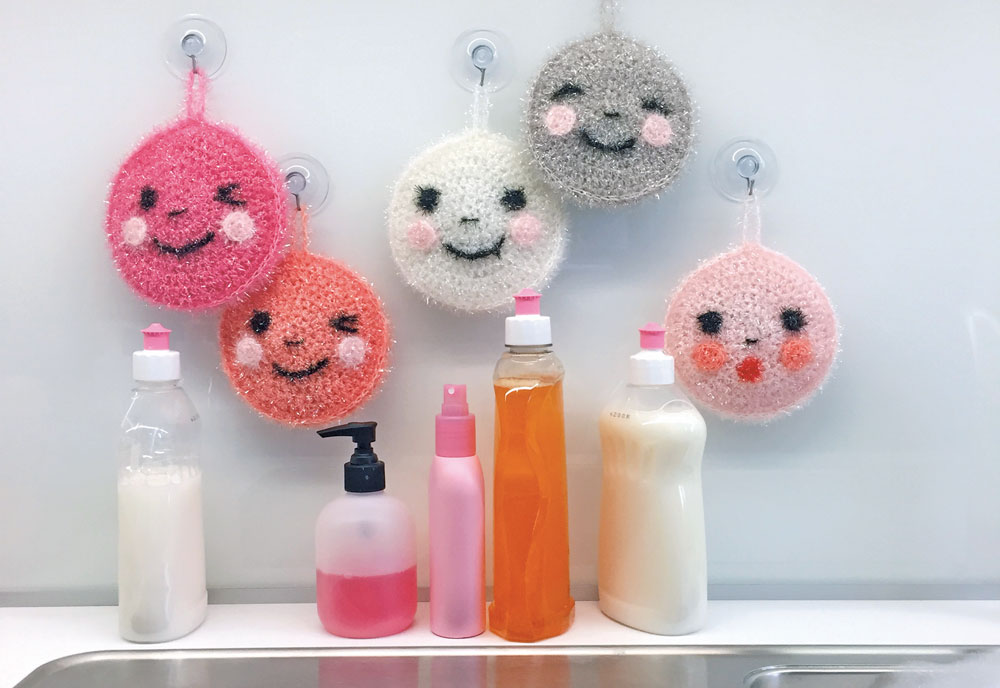
This image is property of www.sockshype.com.
Adding Texture and Scrubbing Power
One of the great things about crocheting dishcloths is the ability to add texture and scrubbing power to your projects. There are several techniques you can use to achieve this.
Incorporating raised stitches, such as front post double crochets or popcorn stitches, can add extra scrubbing power to your dishcloth. These stitches create a raised texture that can effectively remove stubborn stains and grime.
You can also experiment with different stitch patterns to achieve varying degrees of texture. For example, working in the front loop only or using puff stitches can create interesting patterns and textures in your dishcloth.
Another way to add visual appeal and texture to your dishcloth is by working in contrasting colors. By alternating between different colors of yarn, you can create stripes, color blocks, or other patterns that make your dishcloth stand out.
Shaping and Finishing Touches
Once you have reached the desired size for your dishcloth, it’s time to shape and add finishing touches to your project.
To create tapered edges, you’ll need to decrease stitches. This is usually done by skipping stitches or working stitches together. Decreasing gradually towards the edges will give your dishcloth a more polished and finished look.
Adding a loop for hanging is a handy feature for convenience. This can be achieved by creating a small chain and attaching it to one corner of the dishcloth. This loop can be used to hang the dishcloth for drying or storage.
To finish off your dishcloth, you’ll need to fasten off and weave in any loose ends. This ensures that your project is secure and prevents any unraveling or fraying of the yarn.
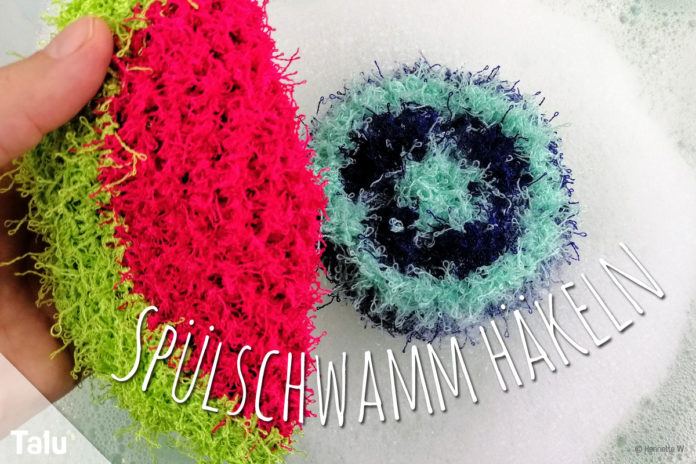
This image is property of www.talu.de.
Tips for Care and Maintenance
To ensure that your crocheted dishcloth lasts a long time, it’s important to follow proper care and maintenance practices.
When it comes to washing and drying your dishcloth, it’s best to follow the instructions specific to the yarn you used. Most cotton yarns can be machine washed and dried, but it’s always a good idea to check the label for any specific recommendations.
Over time, your dishcloth may wear out due to constant use and washing. When this happens, it’s important to replace the dishcloth to maintain its effectiveness. Depending on how often you use your dishcloth, you may need to replace it every few months or so.
When storing your dishcloth, it’s important to allow it to dry completely before folding or putting it away. This helps prevent mildew and ensures that your dishcloth remains hygienic for future use. Consider hanging it in a well-ventilated area or laying it flat to dry.
Creative Variations and Customizations
Crocheting dishcloths provides an opportunity for creativity and customization. Once you have mastered the basic stitches and techniques, you can start experimenting with different patterns and combinations to create unique designs.
Try incorporating different stitch patterns, such as shells, bobbles, or clusters, to add visual interest and texture to your dishcloth. You can also combine different stitch patterns to create your own unique design.
Adding decorative edgings or borders can elevate the look of your dishcloth. Consider using a complementary color or a contrasting color to create a border that enhances the overall design of your dishcloth.
For a truly unique dishcloth, consider using novelty yarns. These yarns come in various textures and colors, allowing you to create one-of-a-kind dishcloths that are both functional and visually appealing.
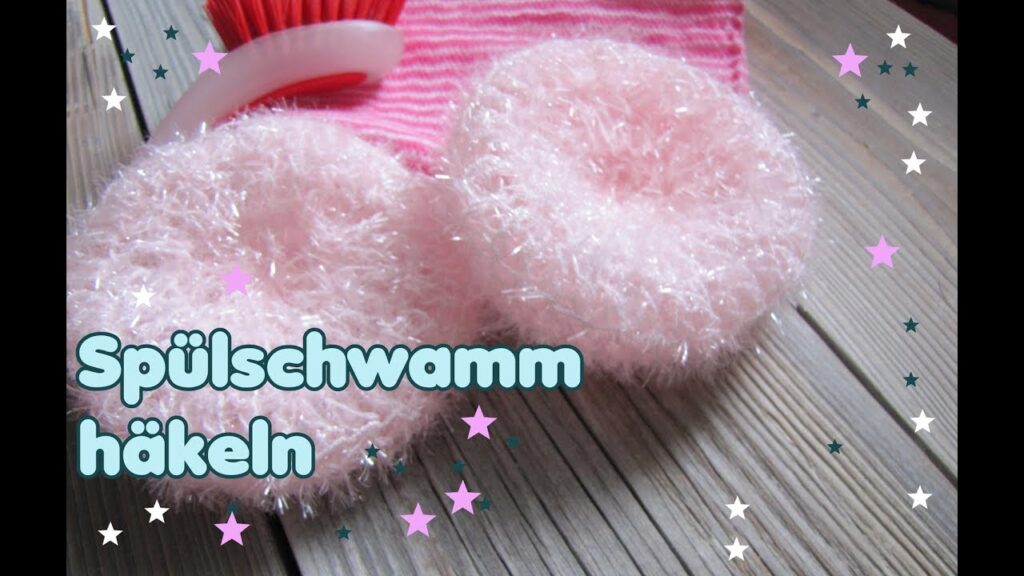
This image is property of i.ytimg.com.
Eco-Friendly Benefits of Crocheted Dishcloths
Crocheting your own dishcloths has several eco-friendly benefits that make them a great choice for environmentally conscious individuals.
By using reusable dishcloths, you are significantly reducing waste compared to disposable sponges or paper towels. Every time you reach for your crocheted dishcloth instead of a disposable option, you are making a positive impact on the environment.
In addition to reducing waste, crocheted dishcloths also help you avoid the chemicals present in some disposable sponges. Many commercial sponges are treated with chemicals and antimicrobial agents that can be harmful to both your health and the environment. With crocheted dishcloths, you have complete control over the materials used and can choose natural or organic yarn options.
Alternative Uses for Crocheted Dishcloths
Crocheted dishcloths are not limited to just being used in the kitchen. They have a variety of alternative uses that make them a versatile and practical item to have.
Aside from being used as dishcloths, they can also be used as washcloths or face scrubbies. The soft and absorbent nature of the yarn makes them gentle on the skin, making them perfect for use in your daily skincare routine.
Crocheted dishcloths also make wonderful handmade spa or kitchen accessories. They can be paired with other bath items, such as bath salts or soaps, to create a customized spa gift set. In the kitchen, they can be paired with other cooking utensils or kitchen gadgets to make a thoughtful and practical gift.
If you have a surplus of crocheted dishcloths or simply want to give back to your community, consider donating them to local charities or shelters. These organizations are often in need of practical items like dishcloths and will greatly appreciate your contribution.
In conclusion, crocheting dishcloths is a rewarding and practical hobby. By choosing the right yarn and hook, learning the basic stitches, and adding your own creative touches, you can create beautiful and functional dishcloths that will enhance your daily routine. Whether you use them in the kitchen, as washcloths, or as thoughtful gifts, crocheted dishcloths are a sustainable and versatile alternative to disposable options. So grab your yarn and hook, and start crocheting your way to a more eco-friendly and creative lifestyle.
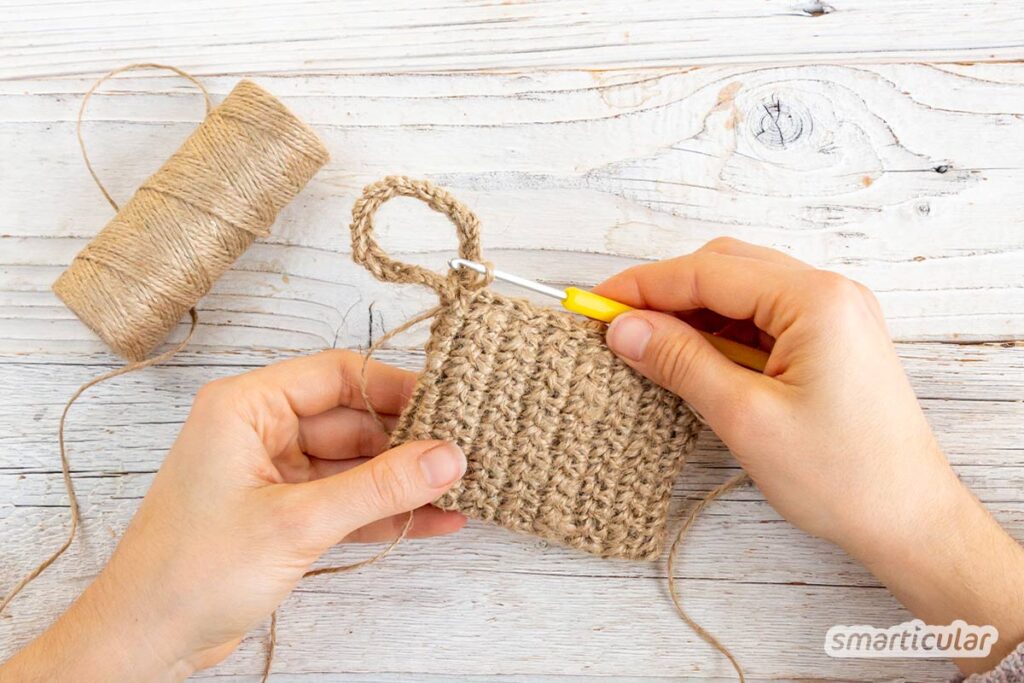
This image is property of www.smarticular.net.
